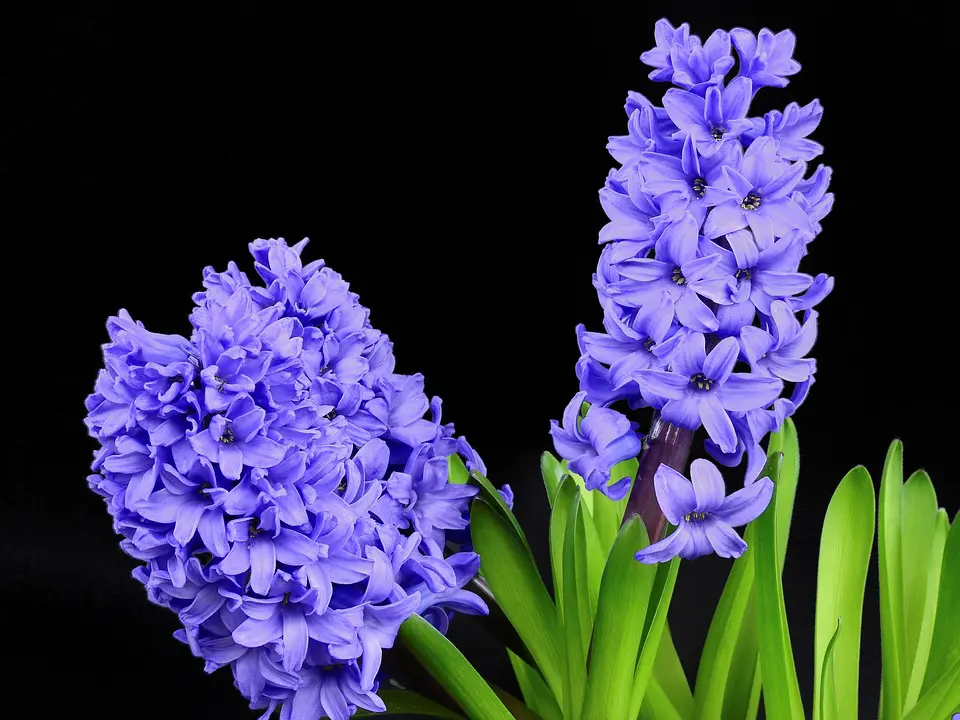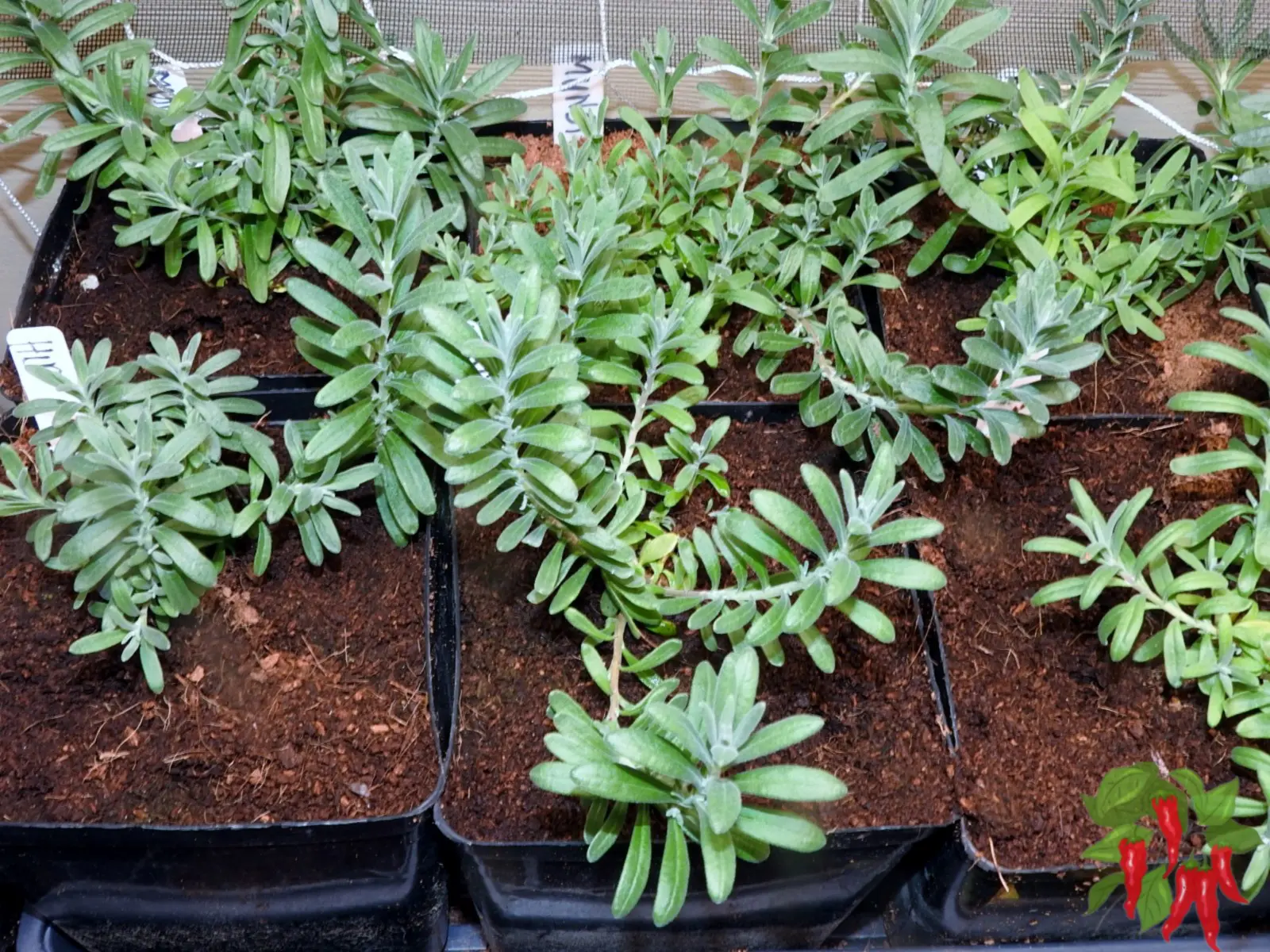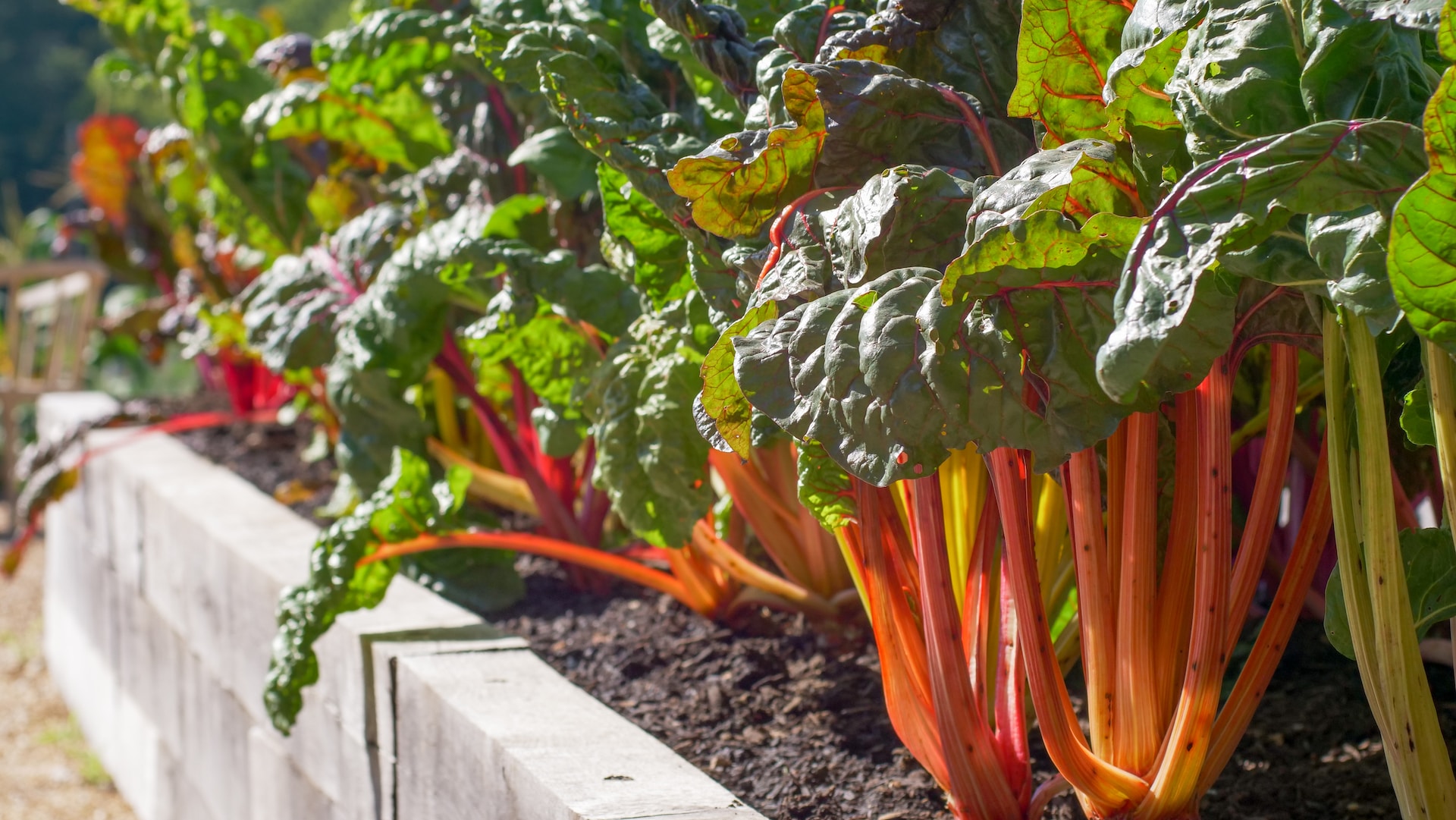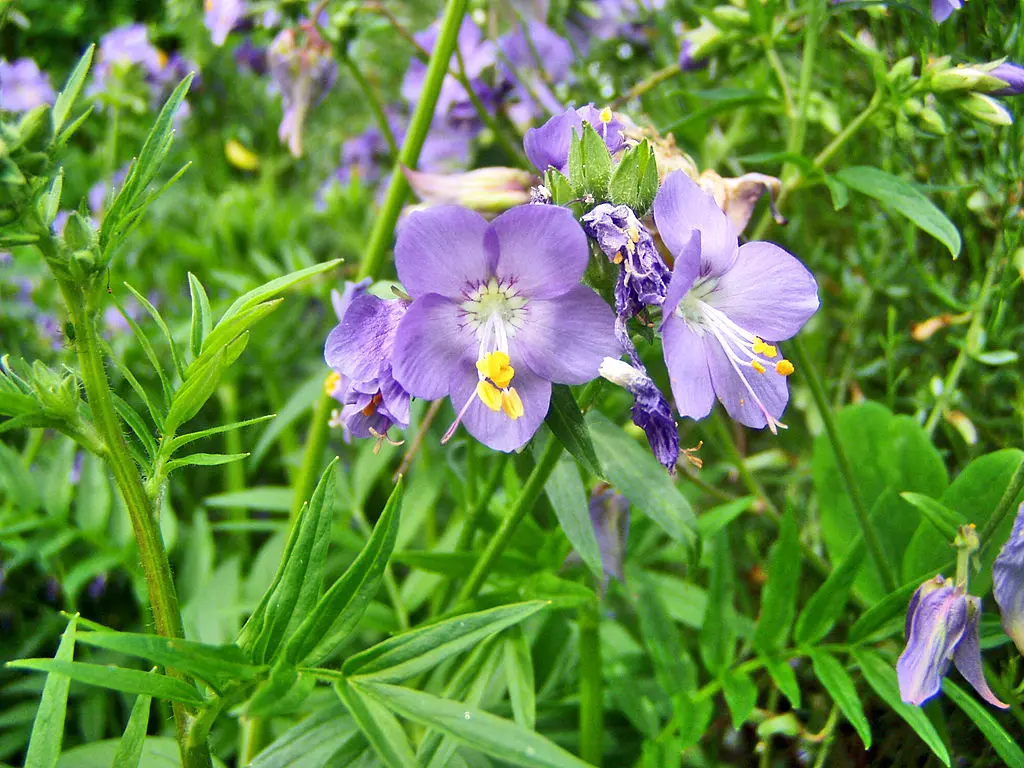This post contains affiliate links. If you buy something from one of our links we may earn a commission. Thanks
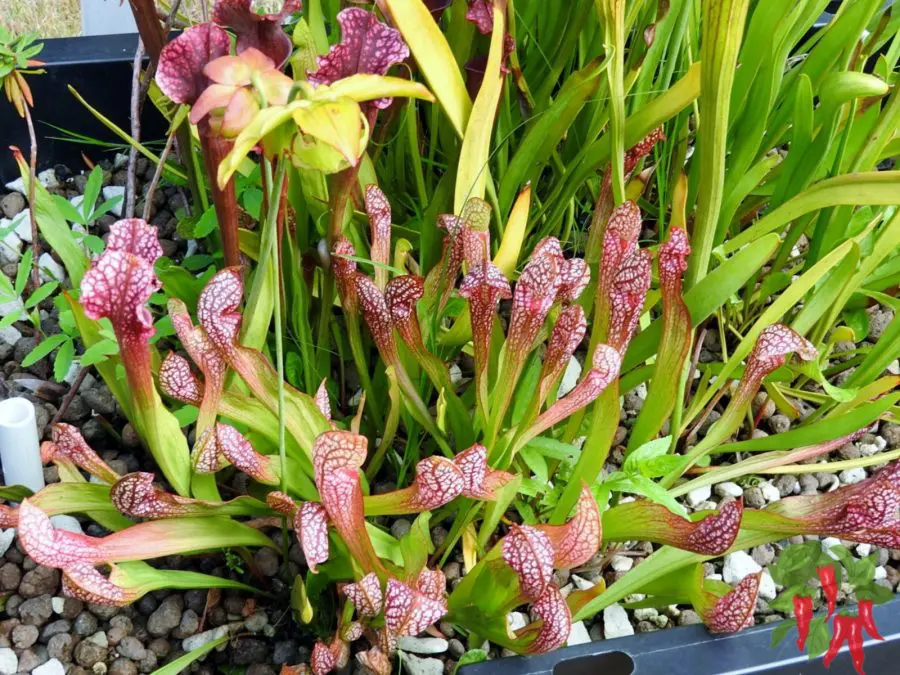
Dive into the world of carnivorous plant care with our comprehensive guide! Discover tips, tricks, and secrets to make your predatory plants thrive.
Carnivorous plant care is about providing the right environment and nutrients. Use distilled or rainwater, ensure ample sunlight, and plant in nutrient-poor soils. Regularly feed them insects and maintain high humidity levels. Proper care ensures these unique plants thrive and showcase their captivating predatory features.
Carnivorous Plant Care: A Comprehensive Guide
Ever thought of diving into the intriguing world of carnivorous plant care? It’s not just about feeding them the occasional fly.
These unique green wonders have their own set of rules, and with the right touch, they can be the showstoppers of any garden or windowsill.
Let’s embark on this captivating journey together!
Carnivorous plants, like the iconic Venus flytrap, have fascinated plant enthusiasts and casual observers alike.
Their unique ability to derive nutrients from unsuspecting insects sets them apart in the plant kingdom.
However, caring for these ravenous plants requires specific knowledge and attention to detail.
This guide delves deep into the world of carnivorous plant care, ensuring your predatory plants thrive in their environment.
The World of Carnivorous Plants
The realm of carnivorous plants is vast and varied, with species like the Venus flytrap and tropical pitcher plants capturing the imagination of many. Let’s explore the different types and their natural habitats.
Different Types:
From the well-known Dionaea muscipula (Venus flytrap) to the tropical pitcher plant (Nepenthes), American pitcher plants (Sarracenia), Cobra lilies (Darlingtonia), Butterwort (Pinguicula), Bladderworts (Utricularia), Cephalotus and sundews (Drosera), the diversity is astounding.
Habitats and Natural Environments:
Many originate from North America and South America and within the Malay Archipelago thriving in nutrient-poor soils and sunny conditions.
Evolutionary Adaptations:
Sweet nectar and pitfall traps are just a few mechanisms these plants use to lure and digest insects with their digestive enzymes.
Essential Care Tips for Carnivorous Plants
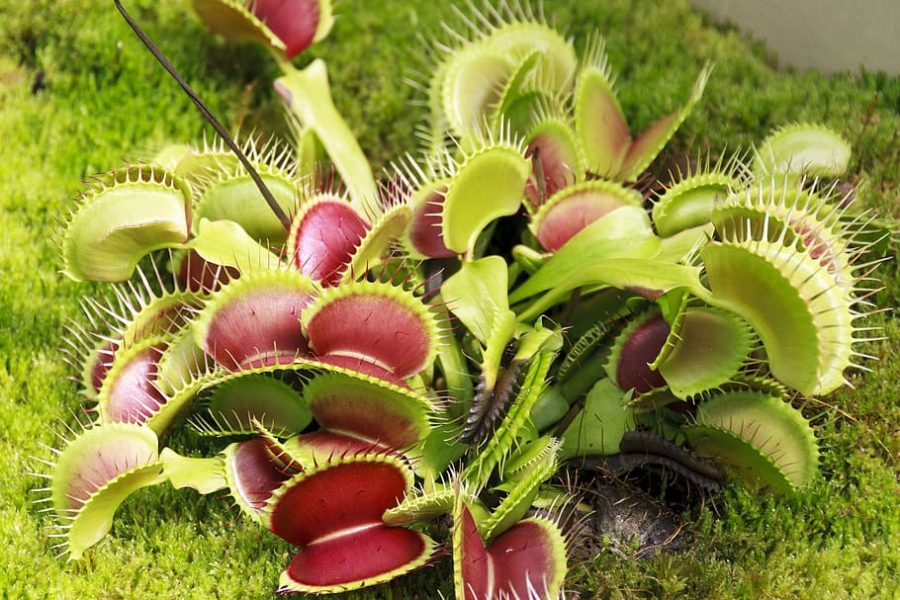
Diving into the world of carnivorous plants is an adventure like no other.
These fascinating green predators, with their intricate traps and unique feeding habits, are a testament to nature’s creativity.
But they also come with their own set of care requirements.
Whether you’re a seasoned botanist or a curious newbie, our guide on essential care tips for carnivorous plants will ensure your green predators not only survive but thrive in their environment.
Watering:
Watering is a fundamental aspect of carnivorous plant care.
These unique plants, adapted to nutrient-poor environments, have specific water requirements that differ from most other houseplants.
Ensuring they receive the right type and amount of water is crucial for their health and vitality.
Importance of Pure Water:
Carnivorous plants are sensitive souls when it comes to water. The minerals and chemicals commonly found in tap water can be detrimental to their health.
Over time, these minerals can accumulate in the soil, affecting the plant’s ability to absorb essential nutrients.
To avoid this use:
Distilled Water: This is a top choice for many growers. It’s free from any impurities that might harm the plant.
Rainwater: If you have the means to collect it, rainwater is an excellent natural option. Just ensure it’s free from pollutants.
Reverse Osmosis: This method filters out the minerals and impurities, making it another suitable option for these plants.
Tray Method:
Maintaining consistent moisture is key, but overwatering can be just as harmful as underwatering. The tray method offers a solution:
Setup: Place your potted carnivorous plant in a tray. Fill the tray with water, but ensure the water level doesn’t submerge the pot.
Benefits: This method ensures the plant’s roots can access water whenever needed, promoting consistent moisture. The water in the tray also increases humidity around the plant, which many carnivorous species appreciate.
Monitoring: Regularly check the water level in the tray, refilling as needed. Also, ensure the soil remains moist but not waterlogged.
By understanding and implementing these watering techniques, you’ll create an environment where your carnivorous plants can flourish, showcasing their unique beauty and intriguing predatory features.
Sunlight:
Ideal Exposure: Most carnivorous plants, like the Venus fly trap, thrive in full sun to bright light conditions.
Hours of Direct Sun: Aim for at least 6 hours of direct sun, but be wary of too much direct sunlight.
Soil:
Composition: A mix of horticultural sand, long-fiber sphagnum moss, and peat moss creates an acidic soil perfect for these plants.
Drainage: Ensure good drainage, possibly with a drainage hole, to prevent root rot.
Feeding:
Natural Diet: Occasional insects like fruit flies are ideal. Avoid grocery store-bought food.
Frequency: During the growing season, feeding once every two weeks is a general rule unless your plants are outside.
Advanced Care Techniques
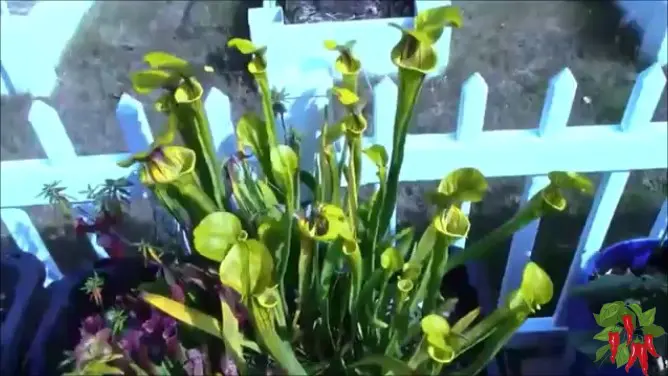
As you delve deeper into the world of carnivorous plant care, advanced techniques can optimize growth and health, especially for specific plants like the Australian pitcher plant or the highland Nepenthes.
Fertilization:
Pros and Cons: While these plants thrive in nutrient-poor soils, occasional fertilization can be beneficial.
Safe Methods: Opt for mild, diluted solutions.
Some people swear by this but my plants have always reacted negatively to plant fertilizers.
Trimming and Pruning:
Enhancing Growth: Remove dead leaves to promote new growth.
Best Time: Late winter months or early spring.
I don’t remove dead pitchers until after new growth has started but I always deadhead spent flowers.
Propagation:
New Plants: From seeds to cuttings, discover the easiest way to propagate and grow new carnivorous plants.
Acclimatization: Ensure new plants adapt well to their environment, possibly using a plastic bag for initial high humidity.
Troubleshooting Common Issues
Like all living things, carnivorous plants can face challenges. From spider mites to wilting, it’s essential to diagnose and address issues promptly. My plants have remained trouble-free.
Pests and Diseases:
Identification: Recognize common pests like spider mites. Unlikely because they favor low humidity and dry conditions.
Treatment: Natural remedies and preventive measures.
Environmental Stress:
Yellowing Leaves: Often a sign of too much direct sunlight or low humidity.
Wilting: Check the water level and ensure the tray method is correctly implemented.
Choosing and Buying Carnivorous Plants
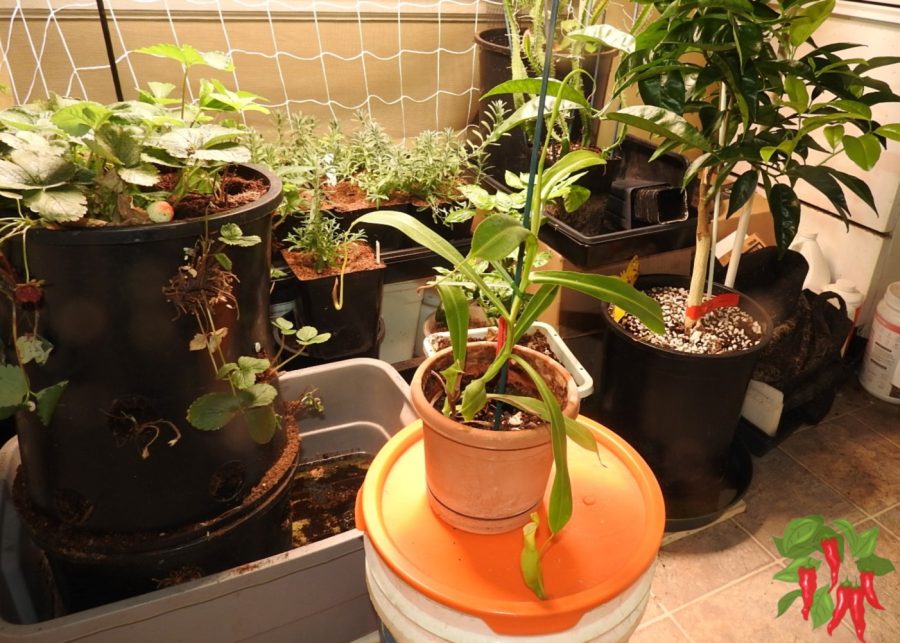
Starting your carnivorous plant journey begins with choosing the right plant. Whether you’re drawn to the Venus fly trap or the monkey cup plant, making informed decisions is crucial.
Assessing Your Environment:
Light: Do you have a sunny windowsill or artificial light like fluorescent lights or LED grow lights?
Humidity: Some tropical regions or indoor plants require high humidity.
Purchasing Tips:
Trusted Sources: Avoid the little shop of horrors and opt for reputable nurseries.
You can find carnivorous plants on Amazon and also specialty niche sites. Here are 3 I have used with good results and some also sell on Amazon. You will find a much wider selection and good growing tips on them.
Sarracenia Northwest https://www.growcarnivorousplants.com/
Cascade Carnivores https://www.cascadecarnivores.com/
California Carnivores https://www.californiacarnivores.com/
Acclimatization: Transition your new plants slowly, especially if they’re shipped in a plastic bag.
The Science Behind Carnivorous Plants
The world of carnivorous plants is not just about care and aesthetics. The science behind their trapping mechanism and digestion process is equally fascinating.
Digestion:
The digestive process in carnivorous plants is a marvel of nature, a testament to their adaptability and evolution. Unlike most plants, they’ve developed a system to derive essential nutrients from their prey, making up for what they can’t get from the soil.
Enzymatic Action:
When an unsuspecting insect gets trapped, the plant’s digestive process kicks in.
Digestive Enzymes:
These are secreted by the plant to break down the insect’s body. Much like our stomach acids, these enzymes dissolve the insect, turning it into a nutrient-rich soup.
Process: Over several days, the insect is broken down, with only the indigestible parts like exoskeletons remaining.
Nutrient Absorption:
Once the prey is broken down, the plant begins absorbing the nutrients.
Compensation: Carnivorous plants often grow in nutrient-poor soils. Digesting insects allows them to obtain essential nutrients like nitrogen, which they can’t get from the soil.
Absorption Mechanism: Specialized cells in the plant absorb the nutrient-rich liquid, ensuring the plant gets all the benefits from its prey.
Evolutionary Advantages:
The evolution of carnivorous plants is a fascinating journey of adaptation and survival.
In challenging environments, these plants have developed unique strategies to ensure they get the nutrients they need.
Survival:
In regions with nutrient-deficient soils, simply relying on roots for nutrient absorption isn’t enough.
Digesting Insects: By evolving to trap and digest insects, these plants have found a way to supplement their nutrient intake, ensuring they get everything they need to thrive.
Predatory Adaptations:
Over millennia, different species of carnivorous plants have developed their own unique trapping mechanisms.
Flypaper Traps: Plants like sundews have sticky surfaces that ensnare insects. Once trapped, the plant slowly wraps around its prey, beginning the digestion process.
Pitfall Mechanisms: Pitcher plants, for instance, have a deep well-like structure. Insects are lured in, but the slippery inner surface ensures they can’t escape, eventually drowning in the digestive enzymes at the bottom.
These evolutionary advantages not only highlight the adaptability of carnivorous plants but also showcase the intricate balance of nature, where every species finds its unique way to survive and thrive.
Growing Carnivorous Plants in a Terrarium or Empty Fish Tank
Stepping into the world of carnivorous plant care can be a thrilling experience, especially when you introduce the concept of terrariums or repurposed fish tanks.
These enclosed environments can be the perfect haven for your carnivorous plants, mimicking their natural humid habitats and offering a controlled setting for their growth.
But how do you transform a simple glass container into a thriving ecosystem for your predatory plants? Let’s dive in!
Benefits of Using a Terrarium or Fish Tank:
Controlled Environment: Terrariums offer controlled humidity and temperature, ideal for tropical carnivorous plants.
Aesthetic Appeal: A well-set terrarium can be a visual centerpiece, showcasing the beauty of carnivorous plants.
Protection: The enclosed space can protect sensitive plants from pests and external pollutants.
Choosing the Right Plants:
Size Matters: Opt for plants that fit comfortably and won’t outgrow the space quickly, like the Cape Sundew.
Most Nepenthes are climbing and vinelike as they grow and can get quite tall.
Pitcher plants can range in height from 1-3 feet depending on the species and are generally a good choice.
However they are cold hardy and I keep mine outdoors in the open.
Nepenthes truncata
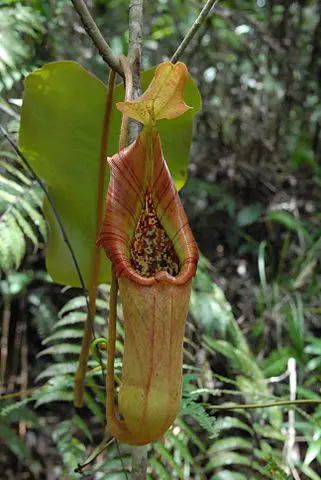
If you want to keep tropical nepenthes I recommend Nepenthes truncata as a starting point.
It is easy to grow and has really cool thick squarish leaves.
It stays shorter than most other varieties and produces large pitchers.
According to Wikipedia
Nepenthes truncata (/nɪˈpɛnθiːz trʌŋˈkɑːtə/; from Latin truncatus “terminating abruptly”) is a tropical pitcher plant endemic to the Philippines. It is known from the islands of Dinagat, Leyte, and Mindanao. The species grows at an elevation of 0–1500 m above sea level. Nepenthes truncata is characterised by its heart-shaped (truncate) leaves and very large pitchers, which can reach up to 40 cm in height.
You will want to keep it in a terrarium for best growth although eventually, it will start to vine you can prune it back.
I used to have this plant but after 4 or 5 years I lost it. I am going to replace it with a new plant. This plant and Nepenthes spectabilis are my 2 favorite Nepenthes
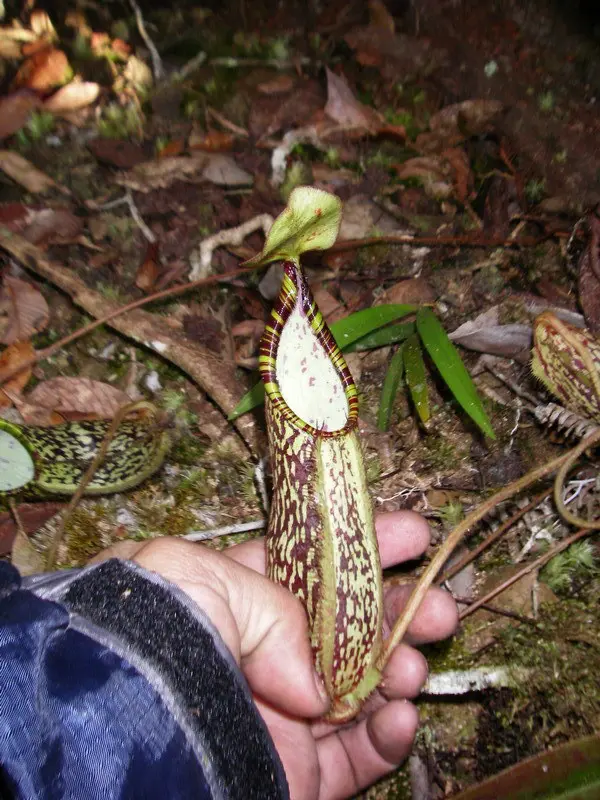
This one has the prettiest pitchers in my opinion but it can be hard to grow compared to some others and I never got a lot of pitchers from it although the ones I did get were gorgeous.
Humidity Lovers: Tropical pitcher plants and sundews thrive in high humidity, making them ideal for terrariums.
Materials You’ll Need:
A. Terrarium or an empty fish tank.
B. Pebbles or gravel for drainage.
C. Activated charcoal (optional for odor control).
D. Nutrient-poor soil, like a mix of long-fiber sphagnum moss and sand.
E. Distilled or rainwater.
F. Plants of your choice.
G. Lighting (if natural light isn’t sufficient).
Step-by-Step Setup:
Clean the Container: Ensure the terrarium or fish tank is clean. If repurposing a fish tank, wash it thoroughly to remove any residues.
Drainage Layer: Start with a 1-inch layer of pebbles or gravel at the bottom. This ensures excess water doesn’t stagnate.
Add Charcoal: A thin layer of activated charcoal can help in controlling odors and keeping the environment fresh.
Soil Layer: Add 2-3 inches of your nutrient-poor soil mix. Ensure it’s moist but not waterlogged.
Planting: Gently introduce your carnivorous plants into the soil. Space them out to give room for growth.
Watering: Use distilled or rainwater to moisten the soil. Remember, tap water is a no-go for these plants!
Positioning: Place the terrarium in a location with bright, indirect light. If natural light is insufficient, consider artificial light sources.
Maintenance: Monitor humidity levels, ensuring they remain high. Trim plants if they outgrow the space and regularly check for any signs of disease or pests.
A Variation
I used a 20-gallon tank with a gravel base about an inch thick.
However, I did not plant my plants directly in a growing medium.
Instead, I placed my plants individually in small pots inside the aquarium.
I used a peat moss and sand mix in my pots probably 75% peat and 25% river sand.
I never fed them with fertilizer or with bugs and they still thrived.
I was able to use my tap water because it was less than 30 ppm. Our water is mostly from rain, snow, and glacier melt.
My water is almost RO water but this is rare and in most of the country you will need distilled water or rainwater.
With water in the gravel, the humidity was good and I hand watered each plant a couple of times a week.
Growing carnivorous plants in a terrarium or fish tank can be a rewarding experience.
With the right care and attention, you’ll have a thriving, miniature ecosystem that not only showcases the beauty of these unique plants but also serves as a conversation starter for anyone who sees them. Happy planting!
Carnivorous Plant FAQs: Unraveling the Mysteries
Carnivorous plants, with their captivating allure and predatory nature, often raise a plethora of questions.
Whether you’re a budding botanist or just someone intrigued by these unique green wonders, our FAQ section aims to address your curiosities.
Let’s dive into some of the most commonly asked questions about carnivorous plant care and their intriguing characteristics.
Q: How do you take care of carnivorous plants indoors?
A: Indoor care involves providing ample light (preferably through a sunny windowsill or artificial lights), using distilled or rainwater, and ensuring high humidity, which can be achieved with a humidifier or a tray of water.
Q: Are carnivorous plants hard to care for?
A: While they have specific needs, with the right knowledge and consistent care, they’re manageable to maintain.
Q: How do you maintain carnivorous plants?
A: Regularly water with distilled or rainwater, provide sufficient light, feed them insects occasionally, and ensure they have the right soil mix, typically nutrient-poor.
Q: Are carnivorous plants easy to take care of?
A: Yes, once you understand their specific needs and set up a routine, they can be relatively easy to care for.
Q: What are the disadvantages of carnivorous plants?
A: They require specific care conditions, can be sensitive to tap water due to minerals, and might not thrive if not fed appropriately.
Q: Can carnivorous plants survive without meat?
A: Yes, they can survive without insects for a while as they also perform photosynthesis, but insects provide essential nutrients.
Q: Can I feed my pitcher plant dead bugs?
A: Yes, but it’s preferable to feed them live insects. If using dead bugs, ensure they’re not treated with chemicals.
Q: Do carnivorous plants need to sit in water?
A: They prefer moist soil, but they shouldn’t be waterlogged. Using the tray method, where a tray of water sits under the pot, can help maintain moisture.
Q: What happens if you put your hand in a carnivorous plant?
A: Most carnivorous plants are harmless to humans. For instance, a Venus flytrap might close on your finger, but it won’t harm you.
Q: How often does a carnivorous plant need to eat?
A: Ideally, once every 2-3 weeks. However, they can go longer without food, especially if they’re getting nutrients from the soil.
Q: What do I feed my carnivorous plant?
A: Small insects like flies, ants, or spiders are ideal. Avoid feeding them human food or large insects.
Q: Do carnivorous plants need to eat bugs?
A: While they can derive nutrients from the soil and photosynthesis, bugs provide essential nutrients that help them thrive.
Q: Can I give my Venus flytrap a dead fly?
A: While they prefer live prey, a Venus flytrap can consume a dead fly, but ensure it hasn’t been exposed to pesticides or chemicals.
Q: Why do carnivorous plants need distilled water?
A: Tap water contains minerals harmful to these plants. Distilled water, being mineral-free, is safer.
Q: How often should I feed my carnivorous plant?
A: During the growing season, feeding once every two weeks is ideal.
We hope this FAQ section sheds light on the captivating world of carnivorous plants and their care. Remember, understanding their needs is the key to a thriving plant!
Real-life Case Studies
There’s a world of difference between reading about carnivorous plant care and actually diving hands-on into the experience.
Real-life stories, both of triumphs and trials, offer a unique perspective that no guidebook can.
Let’s journey through some of these tales, understanding the nuances of caring for these fascinating plants from those who’ve walked the path.
Success Stories:
The Quest for High Humidity:
Sarah, a plant enthusiast from Arizona, always struggled with the dry climate when it came to her collection of tropical pitcher plants.
Determined, she transformed an old aquarium into a mini greenhouse, using a humidifier and daily misting routines.
Today, her plants are the talk of the town, thriving in their perfectly humid haven.
Propagation Perfection:
David, a botanist from Florida, took on the challenge of propagating the rare Australian pitcher plant.
After months of research and trial and error, he developed a propagation technique using leaf cuttings and a specific soil mix.
His efforts bore fruit when the first sprouts appeared, marking a significant achievement in the carnivorous plant community.
Light and Life:
Anita, living in a cloudy region of Washington, was initially disheartened when her sundews showed signs of poor health.
Realizing the lack of sufficient light, she introduced LED grow lights to her setup.
The transformation was evident in weeks, with her plants displaying vibrant colors and active traps.
Challenges:
Winter Woes:
Tom, a passionate grower from New York, faced the challenge of cold winters affecting his Venus flytraps.
Despite indoor setups, the plants went into early dormancy. After consulting with experts, he introduced a cooling period with controlled light and temperature, ensuring his plants went through a healthy dormancy and emerged stronger in spring.
Adapting to Nepenthes:
Linda, having successfully grown several carnivorous species, decided to venture into the world of Nepenthes, specifically the lowland varieties.
Accustomed to highland care, she faced issues with humidity and temperature. However, with dedicated research and networking with fellow enthusiasts, she adapted her care routine, and her Nepenthes now bloom with vibrant pitchers.
Soil Struggles:
Mike, despite his best efforts, noticed his carnivorous plants showing signs of distress. The culprit? The soil mix.
Living in an area with limited resources, he had to experiment with various mixes, finally finding success with a blend of peat moss, perlite, and long-fiber sphagnum moss.
Real-life experiences, both the highs and lows, paint a vivid picture of the world of carnivorous plant care.
They remind us that with passion, persistence, and a bit of ingenuity, one can overcome challenges and revel in the joy these unique plants bring.
Carnivorous Plant Care Conclusion
Caring for carnivorous plants is a rewarding journey. With the right knowledge, from choosing pure water to providing the perfect sunny spot, you can ensure your plants thrive.
Whether you’re a beginner or an expert, continuous learning and observation are key.
Dive into the world of these beautiful plants and experience the joy they bring.
I hope this comprehensive guide provides valuable insights into carnivorous plant care.
Remember, every plant is unique, and while general guidelines help, observing and understanding your specific plant’s needs is the most important thing. Happy gardening!
Read more about how to grow sundews indoors
Read more about the 6 best carnivorous plants to grow indoors.




